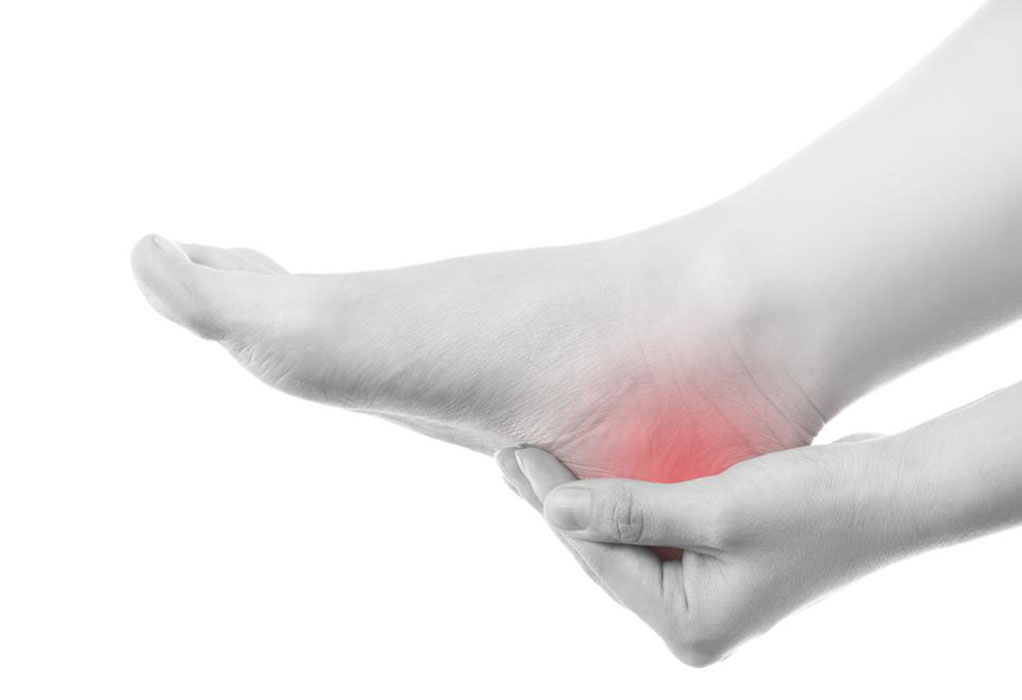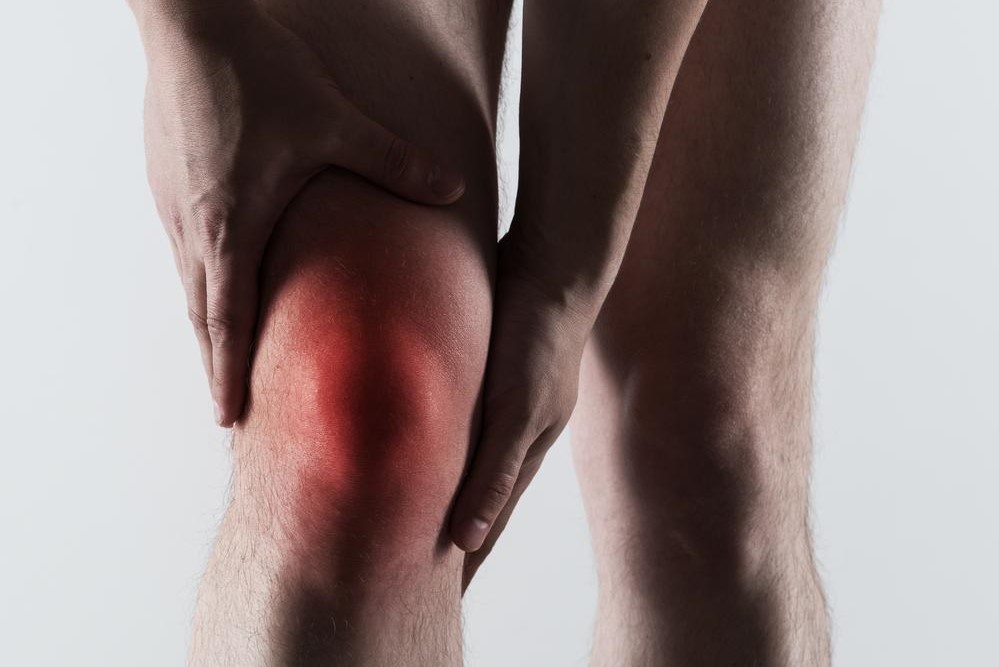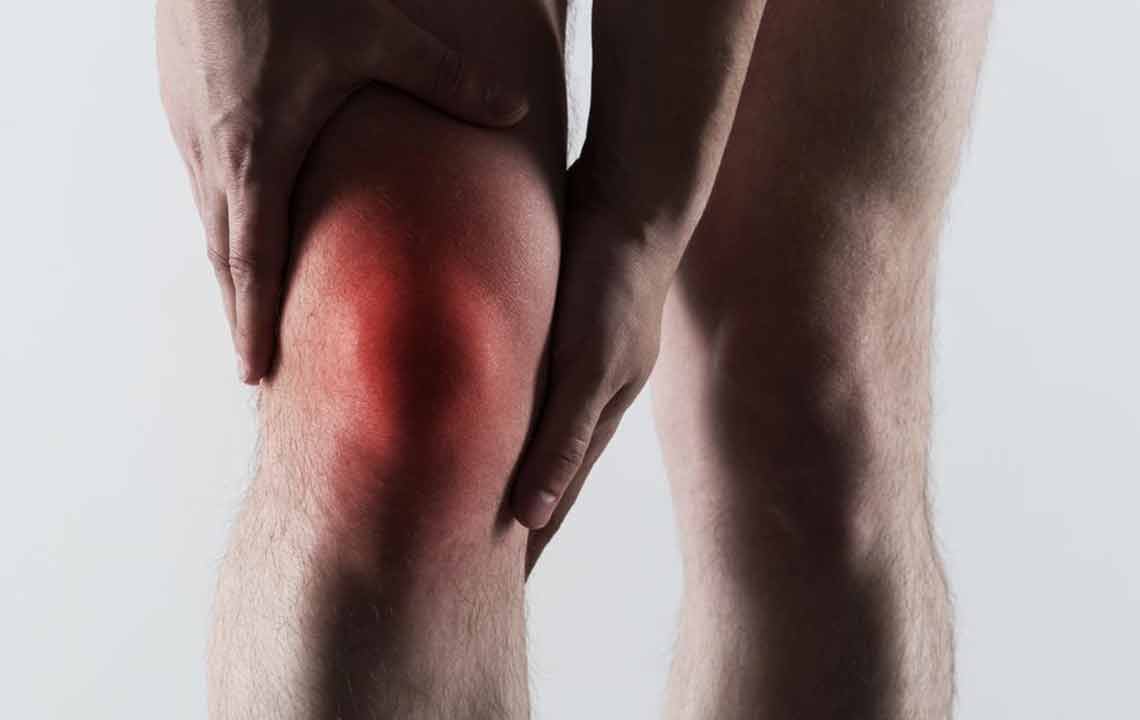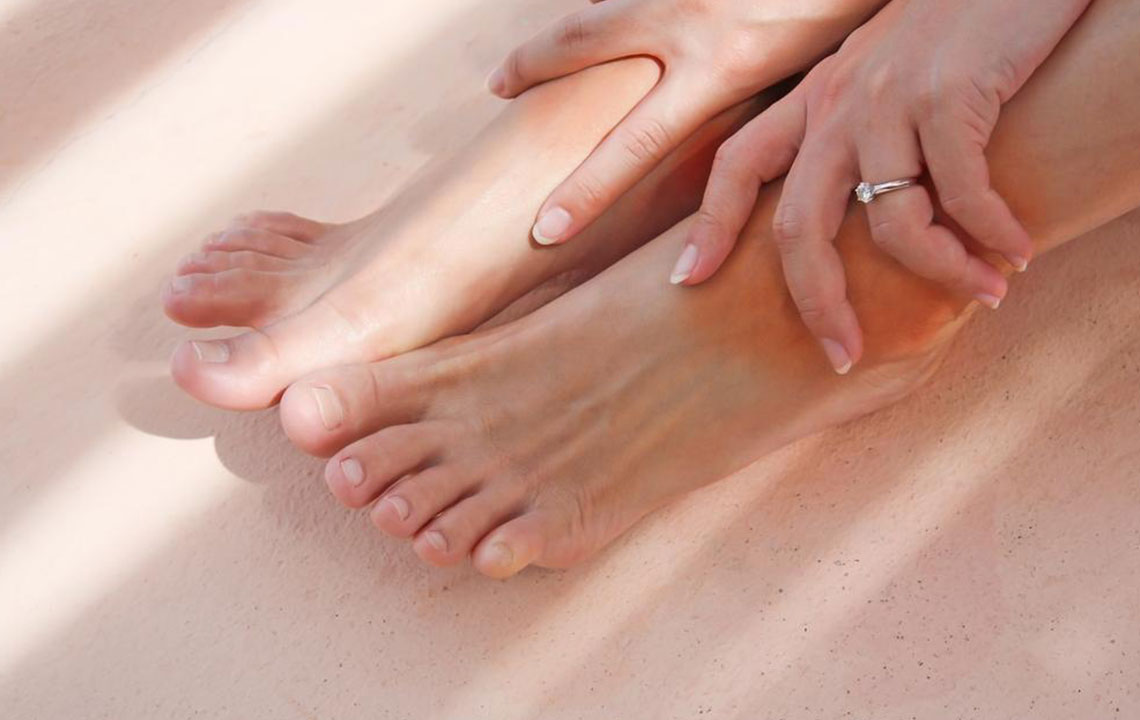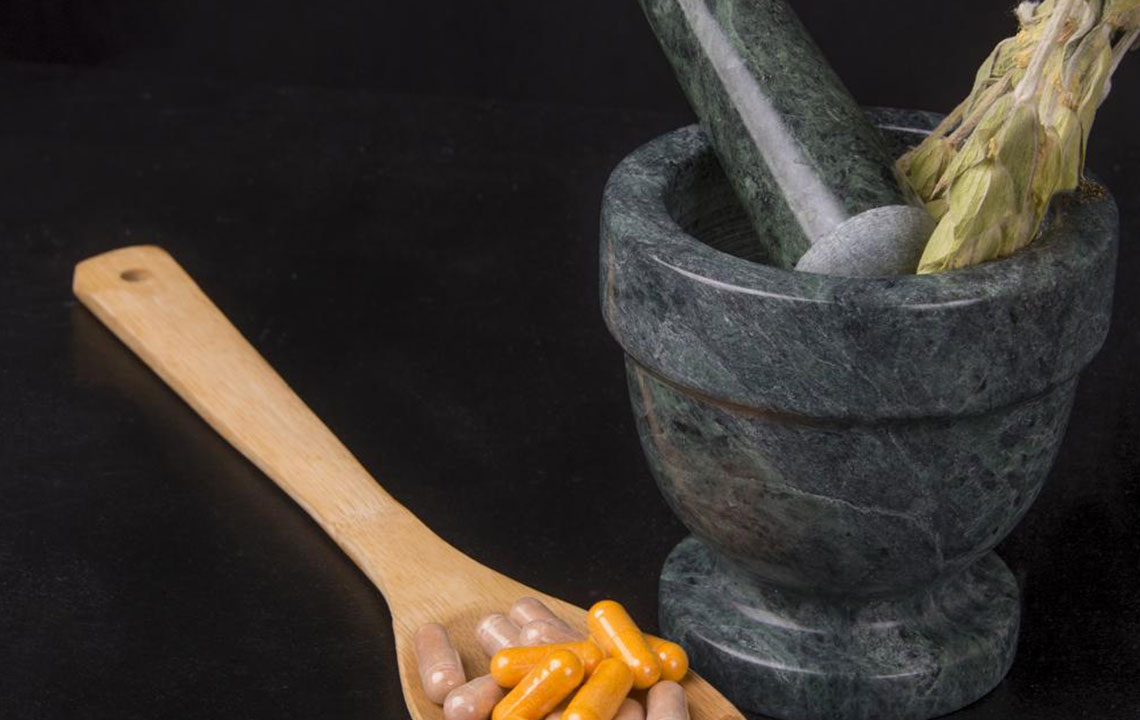Effective Strategies to Manage Gout Pain
Discover effective strategies and natural remedies to manage gout pain and prevent future attacks. This comprehensive guide covers medications, lifestyle tips, and home remedies that can help reduce inflammation and maintain joint health, with advice on when to seek medical attention for optimal results.
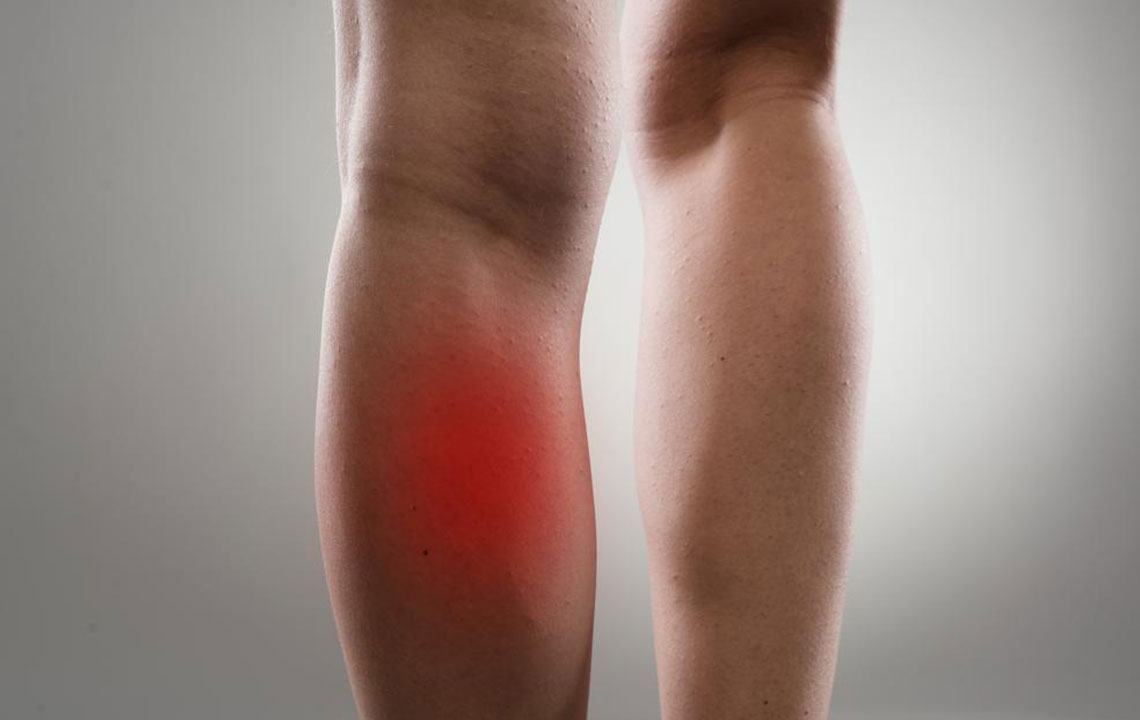
Effective Strategies to Manage Gout Pain
Gout is a prevalent form of arthritis caused by elevated uric acid levels in the blood, which leads to the formation of urate crystals around joints. Commonly affected areas include the big toe, knees, fingers, and wrists, resulting in pain, swelling, and redness.
An acute gout flare can last from several days up to a week. Elevated uric acid levels should be diagnosed early to prevent complications such as kidney issues or joint damage.
Conventional treatments involve medications prescribed by healthcare professionals, complemented by natural remedies like garlic, ginger, turmeric, and apple cider vinegar, which help reduce inflammation.
Medications for gout aim to lower uric acid production and alleviate symptoms. NSAIDs, corticosteroids, colchicine, and long-term urate-lowering therapies (ULT) are commonly used.
NSAIDs include over-the-counter options like ibuprofen, effective during flare-ups to reduce pain and inflammation but should be avoided in those with kidney or liver risks.
Corticosteroids help diminish inflammation and can be administered orally or via injections, especially for patients unable to take NSAIDs.
Colchicine is effective when taken early in an attack to decrease joint swelling and pain; it also supports long-term management.
Urate-Lowering Therapy (ULT) offers a sustainable solution to prevent future gout episodes by lowering uric acid levels permanently.
Home remedies like applying ice packs, soaking in water mixed with apple cider vinegar, and drinking ginger root tea with turmeric can provide immediate relief and support overall joint health.


